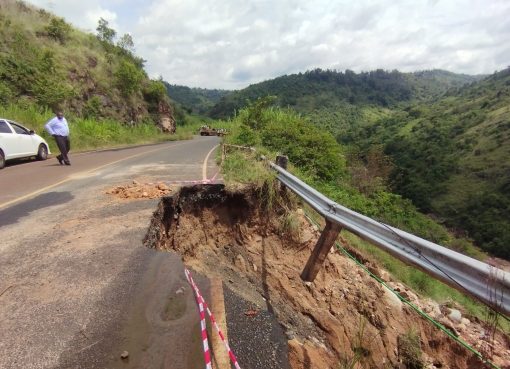Food experts have revealed that the demand for cassava in Kenya has exceeded production, making the country rely on imports from neighbouring countries to meet its consumption demand.
Speaking during the National Cassava Conference 2023 in Nairobi, State Department for Crop Development and Agricultural Research Principal Secretary (PS) Paul Rono raised concerns over the huge import bill on food.
“We are still importing food despite the fact that we have fertile land and resources. We have challenges in food security and the commercialization of the same,” Rono lamented.
He, however, confirmed that the government has put up a model to promote each and every crop grown in Kenya, an agenda which is aligned with the discussion in the forum during the conference.
The PS directed the department in charge of crops, KALRO and KEPHIS to move with speed in the next three months to make sure that all the varieties of crops are identified, classified, and the information cascaded to relevant stakeholders so that the government can promote farmers.
At the same time, Self Help Africa Head of Programmes Peter Aluoch said that the demand for cassava had risen quickly in 2022 to three million metric tonnes (MT) compared to a production of 946,076 metric tonnes from an area of 61,592 hectares in 2022.
The demand, he observed, is attributed to the expansion of cassava utilisation beyond human consumption into use in animal feeds and starch for industries.
“In 2020, the country produced 898,110 MT of cassava from 61,754 ha, translating to a productivity of 14.54 tonnes/ha. This is lower compared to 16–24 tonnes/ha in China, Indonesia, and Thailand,” stated Aluoch.
He disclosed that in the East African region, Kenya is the least producer of cassava, as Uganda produces 4 million MT while Tanzania produces 8 million MT per year, attributable to the lack of clean planting materials, unstructured markets, weak seed systems, and a weak regulatory framework.
According to Aluoch, cassava is mainly grown in coastal, central, and western Kenya; production is mainly for food, income, and livestock feed. Despite its importance, the yields obtained are far from the agronomic potential of this crop.
“The traditional production systems are failing to address household food security and income. In the coastal region, for example, cassava is considered an important food crop, and production accounts for 30 per cent of the total national production. In the Eastern region, production accounts for less than 10 per cent of the country’s production,” Aluoch explained.
Aluoch added that in the Western region, cassava is considered an important food crop, and its production accounts for 60 per cent of the total national production.
He also cited the latest data, which indicates that the average cassava farm yields are low, at approximately 7–10 MT/ha, compared to the research yield potential of about 50 MT/ha of fresh cassava tubers.
Meanwhile, Adolfo Cires, Programme Manager, Finance and Private Sector Development, The European Union Delegation to the Republic of Kenya, said that under the present economic crisis, which includes the COVID-19 pandemic, the war in Ukraine and resulting food and energy crises, surging inflation, debt tightening, as well as the climate emergency, and underfunding for research, development, and transfer of technology for cassava, this will continue to limit the development and application of better agronomic practices.
By Onyango Venah




